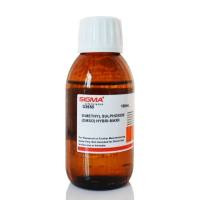Microarray gene expression profiling has identified gene signatures or “Indicator ” genes predictive of outcome in many cancer types including lymphoma, and more recently pancreatic cancer. This has identified novel and powerful diagnostic and prognostic and generically applicable markers, promising more specific diagnosis and treatment, together with improved understanding of pathobiology. There is now an urgent need to translate these signatures to clinical use. However, gene microarrays rely on relatively large amounts of fresh starting tissue obviating measurement of Indicator genes in routine practice, and there is a need for development of another, simple, robust, relatively inexpensive and sensitive method for their translation to clinical use. We have piloted the use of real-time PCR measurement of specific prognostic genes, so called “Indicator” genes, in globally amplified polyA cDNA for this purpose.
Poly(A) PCR coordinately amplifies cDNA copies of all polyadenylated mRNAs, thereby generating a PCR product (polyA cDNA) whose composition reflects the relative abundance of all expressed genes in the starting sample. Poly(A) PCR enables global mRNA amplification from picogram amounts of RNA and has been routinely used to analyse expression in small samples including single cells. The poly(A) cDNA pool generated is also indefinitely renewable and as such represents a “molecular block”. Real-time PCR measurement, using gene-specific primers and probes, of the expression levels of specific Indicator genes then allows gene signatures to be detected within the poly(A) cDNA, thereby enabling expression profiling of very small amounts of starting material. This chapter details this method as applied to fresh and paraffin embedded tissue and to pancreatic juice. In this chapter, we have concentrated on application of the method to pancreatic cancer, but the generic nature of the method renders it applicable to any cancer type, thereby representing a novel platform for cancer diagnosis across all tumour types.






